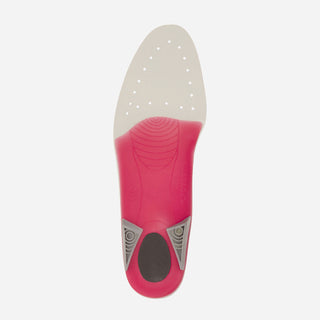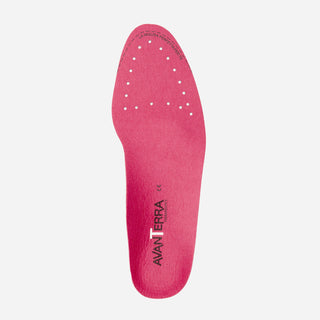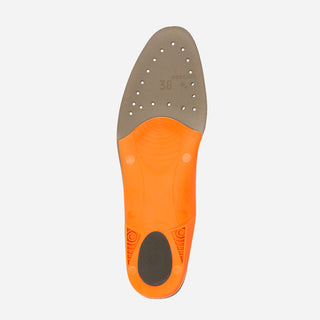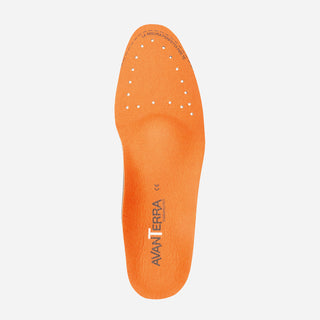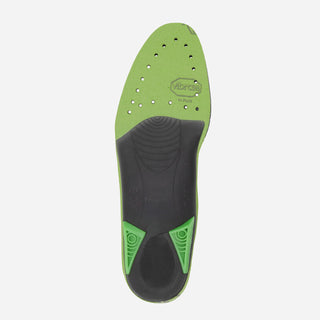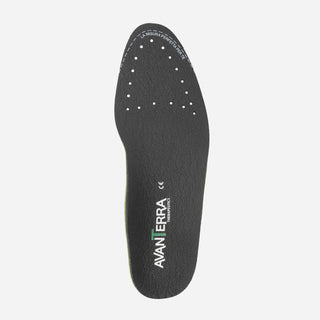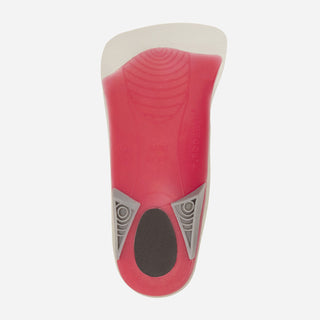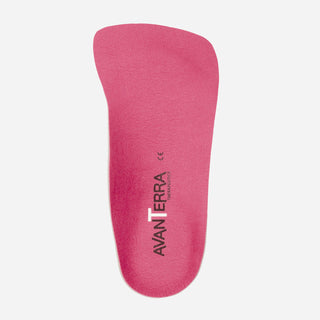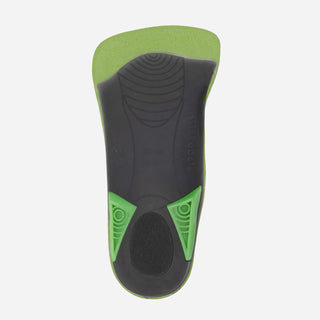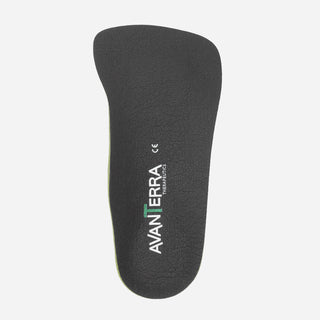The phases of the step are 3 and are divided into the contact phase which is the moment in which the heel touches the ground, in the support phase where the foot pronates and absorbs the vertical response given by the ground below, accumulating kinetic energy and thus preparing it for the final phase of propulsion allowing walking.
The movements of the foot are divided into pronation (relaxation) and supination (stiffening); the joint that allows these movements is called the subtalar joint, composed of the talus and the calcaneus.
Let's find out everything there is to know about the pronation movement of the foot: symptoms of painful pronation, causes and how it is possible to correct the pronation of the foot.
What is foot pronation?
Pronation is a normal physiological movement of the foot in the intermediate support phase, where the foot, thanks to the congruent movement of the subtalar joint, medializes, or rather there is a lowering of the longitudinal vault or internal vault; the heel tends to rotate outwards (valgus); excess pronation time can become pathological leading to imbalances at the level of the foot itself or even to the suprasegmental structures such as the knees, hips and lumbar spine.
Causes and symptoms:
Among the causes of pronation we will divide them into non-modifiable causes such as family history, congenital muscle anomalies, bone alterations and modifiable causes such as the use of unsuitable shoes, a sedentary lifestyle, obesity, trauma.
The most common symptoms can be a feeling of heaviness in the lower limbs due to reduced muscular activity of the muscles of the lower limb, pain under the sole of the foot (tallodynia, fasciitis, metatarsalgia), at the level of the knees especially at the level of the internal surface of the knee due to the continuous stress in valgus; if not treated it can trigger pathologies such as hallux valgus, pathologies affecting the Achilles tendon due to the incorrect alignment between the tendon itself and the insertion part on the posterior tubercle of the heel, lumbago, pubalgia.
Treatment
After an accurate biomechanical evaluation of the gait and the lower limb articulation, the treatment is mostly conservative through the use of orthotic insoles and physiotherapy which has the function of reducing both the painful symptoms and having the patient perform targeted exercises such as walking barefoot on unstable surfaces, proprioception exercises, muscle strengthening of the leg and foot muscles.
In the most serious cases where conservative treatment has failed and the painful symptoms persist, surgical treatment is performed.
Foot orthoses
The insole will be composed of
A. Wedges at the back of the foot that guide the step, preventing excessive pronation
B. Elastic vault that accompanies the unfolding of the step, supporting and preventing the vault from collapsing
B. Shock absorber inserts on the heel
The benefits:
- reduce stress on the spine ;
- reduce stress on the hips;
- reduce the load on the knees ;
- reduce muscle pain;
- preserve the joints;
- avoid plantar fasciitis or heel pain resulting from incorrect support;
- improve athletic performance and body posture in general;
- improve balance;
- reduce injuries

